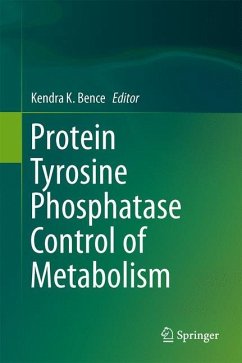
Eicosanoids, Apolipoproteins, Lipoprotein Particles, and Atherosclerosis

PAYBACK Punkte
20 °P sammeln!
Plasma lipoproteins constitute a unique macromolecular system of lipid-protein complexes responsible for the transport of lipids from their sites of origin to their sites of utilization either as metabolic fuel or as structural components of cell membranes. Although studies on the role of lipoproteins in the mechanism of lipid transport are meritorious in their own right, the ever-increasing interest in chemical and functional properties of this remarkable class of conjugated proteins stems from the impressive evidence of their direct involvement in the genesis and develop ment of atherosclero...
Plasma lipoproteins constitute a unique macromolecular system of lipid-protein complexes responsible for the transport of lipids from their sites of origin to their sites of utilization either as metabolic fuel or as structural components of cell membranes. Although studies on the role of lipoproteins in the mechanism of lipid transport are meritorious in their own right, the ever-increasing interest in chemical and functional properties of this remarkable class of conjugated proteins stems from the impressive evidence of their direct involvement in the genesis and develop ment of atherosclerotic lesions. The initial emphasis on neutral lipids and phospholipids as the most characteristic constituents of operationally defined lipoprotein classes has shifted in recent years to their protein moieties or apolipoproteins. The discovery of a number of apolipoproteins and characterization of familial hypolipoproteinemias as apolipoprotein deficiency disorders indicated that apolipoproteins play an essential role in maintaining the structural stability and integrity of lipoprotein particles. In addition to their role in the formation of lipoproteins, apolipoproteins were shown to perform a variety of functions in metabolic conversion of lipoproteins and their interactions with cellular surfaces. Results from several laboratories have demonstrated that the chemical and metabolic heterogeneity of operationally-defined lipoprotein classes is due to the presence of several discrete lipoprotein particles with similar physical properties but different and characteristic apolipoprotein composition. Thus, the apolipoproteins have emerged not only as essential structural and functional constituents of lipoproteins but also as unique chemical markers for identifying and classifyinglipoprotein particles.














